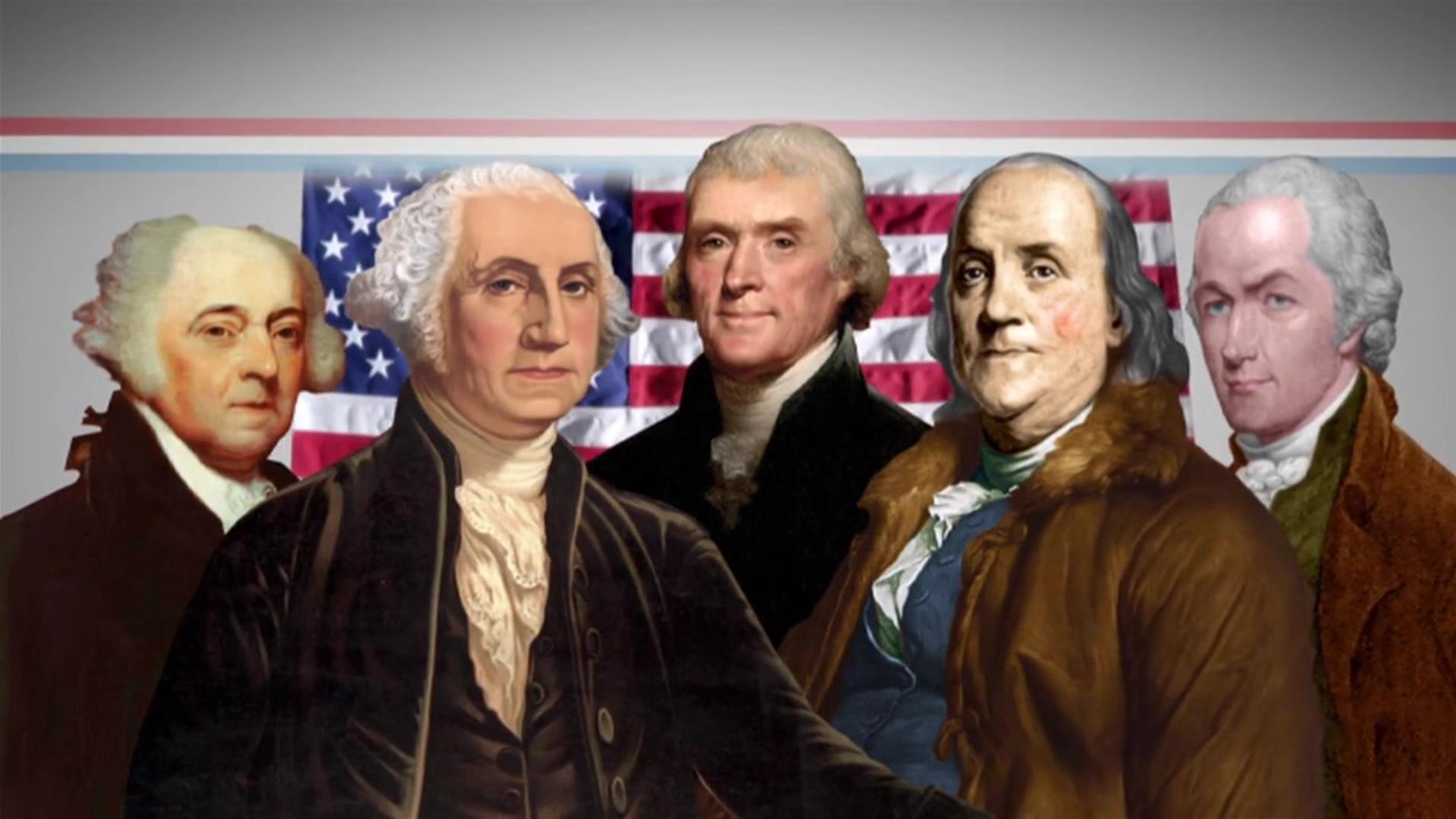
American Historic Timeline Of Presidents
The Founding Fathers and the Creation of the Presidency
George Washington (1789-1797): The First President
The presidency was established by the United States Constitution in 1787. In 1789, George Washington was unanimously elected as the first President. Washington set many precedents, such as peacefully transferring power and creating a Cabinet. His leadership balanced a strong executive with respect for democratic principles. Thus, he set a lasting standard for future presidents.
John Adams (1797-1801): The Transitional Leader
John Adams, the second President, faced the challenge of following Washington. The young nation had a volatile political landscape. During his tenure, the Alien and Sedition Acts were passed. These acts were controversial and tested the limits of executive power.
The Early Republic and the Ideological Divide
Thomas Jefferson (1801-1809) and James Madison (1809-1817): Republican Principles
Thomas Jefferson’s presidency marked the rise of the Democratic-Republican Party. This period saw a shift towards a more agrarian-based, decentralized government. Jefferson’s Louisiana Purchase in 1803 doubled the nation’s size. It also showed the complexities of executive power. James Madison, his successor, continued these policies. He led the nation through the War of 1812.
James Monroe (1817-1825): The Era of Good Feelings
Monroe’s presidency is known for the “Era of Good Feelings.” This was a period of national unity. Additionally, the Monroe Doctrine stated a foreign policy against European colonization in the Americas. This had lasting implications.
The Age of Jackson and Expansion
Andrew Jackson (1829-1837): The People’s President
Andrew Jackson’s presidency marked a shift towards greater democratic participation. Known for his populism, Jackson challenged established institutions, like the Bank of the United States. He also enacted the Indian Removal Act, which devastated Native American populations.
Manifest Destiny and Subsequent Presidents
The idea of Manifest Destiny drove the policies of presidents like James K. Polk (1845-1849). He oversaw the Mexican-American War and acquired vast territories in the West.
The Civil War and Reconstruction
Abraham Lincoln (1861-1865): The Great Emancipator
Abraham Lincoln’s leadership during the Civil War was crucial. His Emancipation Proclamation in 1863 started the process of abolition. His Gettysburg Address redefined American values. Lincoln’s assassination in 1865 was a tragic turning point. This led to a tumultuous Reconstruction era under Andrew Johnson and Ulysses S. Grant.
Reconstruction and Its Aftermath
The Reconstruction era tried to integrate formerly enslaved people into society and rebuild the South. However, it faced significant resistance. Eventually, it gave way to the Jim Crow laws that enforced racial segregation.
The Progressive Era and Early 20th Century
Theodore Roosevelt (1901-1909): The Progressive Champion
Theodore Roosevelt expanded the role of the federal government. He advocated for progressive reforms like trust-busting and conservation.
Woodrow Wilson (1913-1921): World War I and the League of Nations
Woodrow Wilson’s presidency saw the U.S. through World War I. He also advocated for the League of Nations. Despite the Senate’s refusal to join, this highlighted the complexities of international diplomacy.
The Great Depression and World War II
Franklin D. Roosevelt (1933-1945): The New Deal and Wartime Leadership
Franklin D. Roosevelt’s New Deal policies reshaped the American economy during the Great Depression. His unprecedented four-term presidency during World War II made the U.S. a global leader.
The Cold War Era
Harry S. Truman (1945-1953) and Dwight D. Eisenhower (1953-1961): The Cold War Begins
Truman’s doctrine of containment shaped U.S. foreign policy during the Cold War. Eisenhower’s presidency saw the creation of the interstate highway system. He focused on domestic prosperity while managing Cold War tensions.
John F. Kennedy (1961-1963) and Lyndon B. Johnson (1963-1969)
Kennedy’s charisma and vision for a “New Frontier” inspired a generation. However, his presidency was cut short by assassination. Johnson’s Great Society programs aimed to eliminate poverty and racial injustice. Despite this, they were overshadowed by the Vietnam War.
The Modern Era
Richard Nixon (1969-1974) and the Watergate Scandal
Nixon’s presidency ended in resignation due to the Watergate scandal. This was a significant moment in American political history. It showed the importance of transparency and accountability in the executive branch.
Ronald Reagan (1981-1989): The Conservative Revolution
Reagan’s policies of deregulation, tax cuts, and a strong stance against the Soviet Union marked a conservative shift in American politics.
Bill Clinton (1993-2001) and Economic Prosperity
Clinton’s presidency saw economic expansion and technological advancements. However, it was marred by impeachment proceedings over personal misconduct.
Barack Obama (2009-2017): Change and Continuity
Barack Obama, the first African American president, enacted significant healthcare reform. The Affordable Care Act was a major part of this. He also navigated complex foreign policy challenges.
Donald Trump (2017-2021) and the Divided Nation
Trump’s presidency was marked by polarizing policies. He focused on immigration and deregulation. His tenure also saw two impeachments, reflecting deep national divisions.
Joe Biden (2021-Present): Restoration and Challenges
Joe Biden’s presidency has focused on COVID-19 response and economic recovery. He also aims to restore traditional diplomatic alliances in a highly polarized political environment.
Reflections on the Evolution of the Presidency
From its start, the presidency has evolved to meet the nation’s changing needs and challenges. Each president has left an indelible mark on the office. This reflects the dynamic nature of American democracy. As the country continues to grow and change, so too will the role of the President. They will embody the hopes, challenges, and aspirations of the American people.


Be the first to comment
Get involved!
Comments